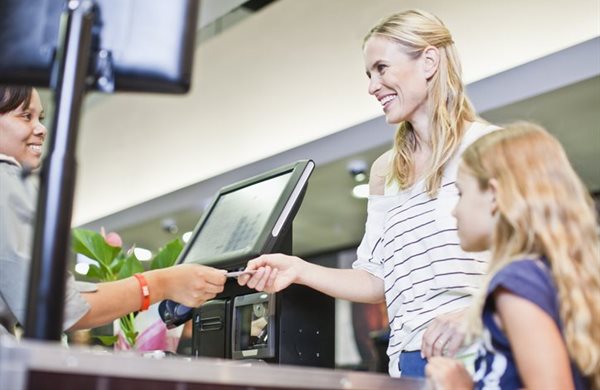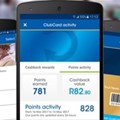The case for loyalty programmes

According to independent customer relationship management (CRM) specialist LoyaltyPlus, in the new digital economy, competition is at an all-time high which means every company must consider the advantages that a credible loyalty programme offers.
In a press release, LoyaltyPlus states that the advent of e-commerce, driven by digitally empowered tech-savvy consumers, compels businesses to invest in loyalty programmes or modern marketing tools. These facilitate the development of a relationship with each individual customer through multiple touchpoints in the organisation.
As visioncritical.com attests, digital transformation has ensured that e-commerce and mobile shopping have entered into the mainstream. Consumers and service providers, suppliers and receivers, distributors, resellers and other channel operators are no longer operating in the same environment. Technology from smart devices to wearables to ad-blockers now drives product marketing and selling, it also largely influences consumer response.
LoyaltyPlus says it has undertaken extensive market analysis and used this data to underline several factors that business owners must bear in mind when considering loyalty programmes.
Customer retention
One of the main considerations is customer retention – a loyalty programme should reward repeat custom and help foster a relationship of trust, mutual attraction and benefit between the consumer and the brand. This translates into additional transactions, which means an increase in revenue and an improvement to the bottomline.
A blog published by Annexxcloud.com states that according to its research, loyalty programmes increase overall revenue by between 5% and 10%.
Customer data
According to LoyaltyPlus, customer data is another consideration or, more specifically, gathering and strategic use of data to build customer databases and engage these for direct, tailored marketing communication.
"It is like having a captive audience", says the company, and the ability to use information gathered to direct services to address their needs. Data is the end result of market research and initiatives designed to better understand the market a brand is serving.
Customer value
Another feature that loyalty programmes bring to the table is customer value or the ability to quantify the value of a customer to the brand. LoyaltyPlus adds that by using a programme, a company is able to accurately measure critical consumer behaviour, including the amount a customer spends, how often they shop, where they shop, what is purchased etc. This helps a business tailor their loyalty programme and relevant rewards.
Always-on marketing
One of the more dominant discussions around loyalty programmes is that they serve as a credible, reliable and ‘always-on’ channel to communicate with the customer.
LoyaltyPlus emphasises the marketing pull that this channel has – a link to the customer that offers insight into the life of the customer, what he or she likes and dislikes. This means that marketing and promotions can be customised to appeal immediately to the customer. It is a cost-effective and powerful way to influence consumer decision-making.
Customer retention
The CRM company also highlights the cost efficiency factor associated with loyalty programmes. Gomerchant.com suggests that it can cost up to 25% more to attract a new customer than to retain an existing one.
The rationale for a business is that rather than invest more capital into trying to secure new customers, it is far more prudent to invest in a loyalty programme that can be built over time and will ensure beneficial engagement between all parties.
According to LoyaltyPlus, there are numerous benefits associated with loyalty programmes, but ultimately it is about using a digitally empowered marketing tool to retain and reward customers, thereby increasing market share and continuing to lead in target markets.
Related
Digitlab's Insight 2025: The State of Digital: 6 critical trends for 2025 19 Nov 2024 Mastering effective communication in small business is the key to success 9 Jul 2024 Navigating the future of customer loyalty 15 Apr 2024 Exclusive: How to successfully market your brand with significant calendar days 26 Mar 2024 5 dos and don’ts to secure customer loyalty 12 Mar 2024



























